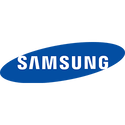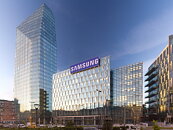
ADATA Unveils LEGEND Series PCIe M.2 2280 Solid State Drives
ADATA Technology, a manufacturer of high-performance DRAM modules, NAND Flash products, mobile accessories, gaming products, electric power trains, and industrial solutions today announces a new series of solid state drives (SSD), the ADATA LEGEND series, geared toward creators of different needs and budgets. They include the ADATA LEGEND 740, 750, and 840.
The LEGEND 740 and 750 utilize PCIe Gen3 x4 and NVMe 1.3 to deliver sequential read and write speeds of up to 2,500/2,000 and 3,500/3,000 MB per second, respectively, to give creators the performance they need to create without limitations. Their M.2 2280 specifications support the latest Intel and AMD platforms for creating on the latest PCs, including desktop and laptops. For users seeking a further boost, the LEGEND 840 takes advantage of PCIe Gen4 x4 and NVMe 1.4 to offer read and write speeds of up to 5,000/4,500 MB per second.
The LEGEND 740 and 750 utilize PCIe Gen3 x4 and NVMe 1.3 to deliver sequential read and write speeds of up to 2,500/2,000 and 3,500/3,000 MB per second, respectively, to give creators the performance they need to create without limitations. Their M.2 2280 specifications support the latest Intel and AMD platforms for creating on the latest PCs, including desktop and laptops. For users seeking a further boost, the LEGEND 840 takes advantage of PCIe Gen4 x4 and NVMe 1.4 to offer read and write speeds of up to 5,000/4,500 MB per second.



























































